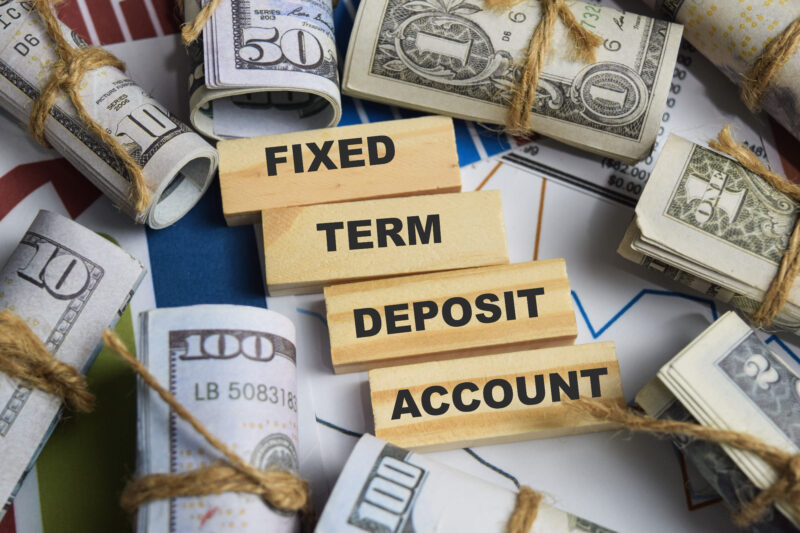
In recent years, the gold IRA market has seen an uptick in interest as investors seek portfolio diversification beyond traditional stocks and bonds. With gold prices reaching record highs in 2025, retirement savers are increasingly viewing precious metals IRAs as a hedge against currency devaluation and economic uncertainty. However, the fee structures governing these accounts can impact long-term returns, making cost analysis essential for informed decision-making.
Lear Capital, operating in the precious metals space since 1997, has processed over $3 billion in transactions across more than 100,000 customer accounts. The company’s IRA offerings compete in a market where fee transparency and storage security have become primary differentiators. Understanding how Lear Capital structures its IRA fees, and how those costs compare to industry standards, is crucial for those considering the company for handling retirement-focused precious metals allocations.
What Is a Gold IRA?
A gold IRA functions as a self-directed individual retirement account that holds physical precious metals rather than traditional assets like stocks and bonds. These accounts operate under the same tax advantages as conventional IRAs, including tax-deferred growth for traditional accounts and tax-free growth for Roth versions, while providing portfolio diversification through tangible assets.
IRS regulations govern precious metals IRAs through specific requirements that distinguish them from standard retirement accounts. Eligible metals must meet minimum purity standards, including gold at 99.5% purity, silver at 99.9%, platinum at 99.95%, and palladium at 99.95%. Only certain coins and bars from approved mints qualify for IRA inclusion, excluding collectible numismatic pieces that might otherwise appeal to precious metals enthusiasts.
Storage requirements mandate that IRA-held precious metals remain in IRS-approved depositories rather than personal possession. This regulation is meant to ensure proper custody and eliminate the possibility of early distribution penalties that would apply if account holders took physical possession before age 59½. Approved depositories maintain insurance coverage, security protocols, and reporting mechanisms that satisfy federal oversight requirements.
The account structure requires three distinct parties: the account holder, an IRS-approved custodian, and an approved depository. Custodians handle administrative functions, including account setup, reporting, and distribution processing, while depositories provide secure storage and insurance coverage for physical metals. This three-party arrangement creates the fee structure that affects total ownership costs for precious metals IRA investors.
Distribution options from gold IRAs include both cash liquidation and physical metal delivery, though each approach carries different implications. Cash distributions require selling metals at current market prices and receiving proceeds, while in-kind distributions allow account holders to take physical possession of coins or bars. Both distribution methods may trigger tax consequences based on account type and individual circumstances.
Lear Capital’s IRA Fee Architecture
Lear Capital utilizes a flat annual fee model for precious metals IRAs, with costs ranging from $225 to $275 per year based on account specifications. This approach differs from percentage-based fee models used by some competitors, creating potential cost advantages for larger accounts.
The annual fee encompasses multiple service components that would otherwise generate separate charges. Storage at Delaware Depository Service Company, an IRS-approved facility operating since 1999, receives full coverage under the annual fee structure. Comprehensive insurance protection, extending through storage and transit periods, eliminates additional premium costs for account holders.
The Delaware Depository Service Company provides segregated storage, meaning individual customer metals remain separated and identifiable rather than pooled with other holdings. This storage method, while more expensive than commingled arrangements, offers enhanced security and simplified estate planning benefits. The depository meets bank vault security standards and maintains full insurance coverage through established precious metals underwriters.
Initial IRA account setup with Lear Capital involves coordination with third-party custodians required by IRS regulations. The company’s primary custodian partner is Equity Trust Company, which was selected in 2019.
For IRA transactions, Lear Capital’s spreads generally fall around the 33% level across numismatic, semi-numismatic, and qualifying bullion products. This spread, which falls in the middle of industry ranges, covers operational costs including facility expenses, employee compensation, marketing expenditures, and company profit margins. The spread applies to purchase transactions, while the company’s buyback program operates at market prices without additional liquidation fees.
Comparative Industry Analysis
Gold IRA fee structures across the precious metals industry reveal significant variation in pricing models and service inclusions. Some providers utilize percentage-based annual fees, typically ranging from 0.5% to 1.5% of account value. Others employ flat fees or tiered fee schedules that decrease percentage costs as account values increase, creating economies of scale for significant precious metals allocations.
Storage arrangements also vary across the industry. While most reputable providers utilize IRS-approved depositories, storage fees can range from $100 to $300 annually depending on location, security features, and segregation methods. Some companies include storage costs within comprehensive annual fees, while others itemize storage as separate line items on customer statements.
Custodian selection can significantly impact total IRA costs, as these required third parties charge independently of precious metals dealers. Some custodians specialize in alternative investments and offer competitive rates for precious metals accounts, while traditional custodians may charge premium fees for non-standard asset classes.
Lear Capital offers free IRA setup and will pay setup and storage account fees based on the invoice purchase amount. However, customers remain responsible for any custodian establishment fees charged independently by third-party custodians.
Total Cost Analysis Over Time
The mathematical impact of different fee structures becomes more pronounced over extended holding periods. Lear Capital’s flat $225 to $275 annual fee creates varying effective cost percentages based on account size. A $225 annual fee on a $15,000 account equals 1.5% annually, while the same fee on a $150,000 account totals 0.15% per year.
Percentage-based fee models create different cost trajectories. A provider charging 1% annually would cost $150 on a $15,000 account but $1,500 on a $150,000 account. This structure favors smaller accounts while potentially becoming expensive for substantial precious metals allocations. The crossover point where flat fees become more advantageous than percentage fees depends on specific rate structures and account sizes.
Market appreciation affects the relative burden of both fee types over time. Gold’s historical price performance, rising from $35 per ounce in 1971 to a high of roughly $3,500 per ounce in 2025, demonstrates the potential for precious metals appreciation to offset fee costs. However, fees constitute guaranteed costs regardless of market performance, making fee efficiency important for maximizing net returns.
The compounding effect of fees becomes significant over multi-decade holding periods typical of retirement accounts. A $225 annual fee over 20 years will total $4,500 in absolute costs, while percentage-based fees can accumulate to much higher amounts on appreciating assets. Those considering a gold IRA should calculate projected fee costs across realistic time horizons when evaluating different providers and fee structures.
Key Considerations and Market Context
Current economic conditions have elevated interest in precious metals IRAs beyond traditional diversification motives. Central bank gold purchasing reached over 1,000 tonnes annually for three consecutive years through 2024, indicating institutional confidence in gold’s monetary role. Meanwhile, the U.S. national debt continues to increase. It currently exceeds $37 trillion, creating ongoing currency debasement concerns that precious metals historically address.
Geopolitical tensions, including conflicts in Ukraine and the Middle East, combined with China’s growing influence through BRICS expansion, have also contributed to gold’s recent price strength. These macro factors suggest the potential for continued demand for precious metals as portfolio hedges.
And the industrial demand for silver, driven by solar energy, electric vehicles, and artificial intelligence applications, creates different supply-demand dynamics than gold’s primarily monetary function. These distinctions affect long-term price trajectories and influence the relative attractiveness of gold versus silver IRA allocations.
Finally, tax considerations add another layer of complexity to precious metals IRA decisions. Traditional IRA contributions may provide current tax deductions while creating future tax liabilities on distributions. Roth IRA conversions can eliminate future tax obligations but require current tax payments on converted amounts. These tax implications should factor into total cost calculations alongside fee structures.
Fee transparency has improved significantly over the past decade, though investors must still carefully evaluate total cost structures. Lear Capital’s disclosure of fee ranges and service inclusions is part of an encouraging trend of industry movement toward greater transparency, though individual circumstances require personalized cost analysis for optimal decision-making.








